AO Edited
Chinese Kali Mandir
In Kolkata's China Town, a temple to the Hindu goddess Kali.
Cheng Hi, a resident of Tangra in Kolkata, is a busy man at this time of the year. He is doing the last-minute preparations for Kali puja, an annual celebration of the Hindu goddess Kali, which will be organized at the Chinese Kali mandir on the night of Diwali, the biggest Indian festival. The temple is the only one of its kind created by the Chinese community of Kolkata.
Tangra is a region in east Kolkata which is also known as China Town. For many generations, it housed several tanneries owned by people of Hakka Chinese origin. The temple is visited throughout the year by the local Chinese and Bengali people, not just on special occasions like Kali puja.
“According to one of the popular local legends, some six decades ago when a Chinese boy fell sick and was not responding to any treatments his parents rushed him to an altar made of two black stones under a tree which was worshiped as an incarnation of goddess Kali by local Bengalis. After the parents offered puja at the altar the boy gradually recovered and as an expression of gratitude his parents built a Kali temple at the same location, which later came to be known as Chinese Kali mandir,” said Ching, who has been involved with the temple management for the past 19 years. The black stones and the tree are still there inside the temple.
Kolkata’s Chinese community was founded by immigrants who arrived in the late 18th century, taking up work as carpenters, tanners, and dock workers. In the 1960s, however, this community faced significant discrimination, as tensions rose between India and China during the Sino-Indian War. Considering ethnic Chinese residents as potential spies, the Indian government ordered many Chinese-Indians to leave the country and held thousands of those who did not comply in internment camps. As a result of these discriminatory practices, many Chinese-Indian residents of Kolkata and other cities emigrated to countries such as Canada, Australia, and the United States.
Every evening, a Bengali Hindu priest does the evening prayer rituals and chants Sanskrit mantras. But one may also find people from the Chinese community bowing down to pray in front of the goddess and lighting up Chinese incense sticks and burning handmade papers as a mark of veneration to the temple deity.
Know Before You Go
Entry is free. The temple ritual starts 5 p.m. every evening.
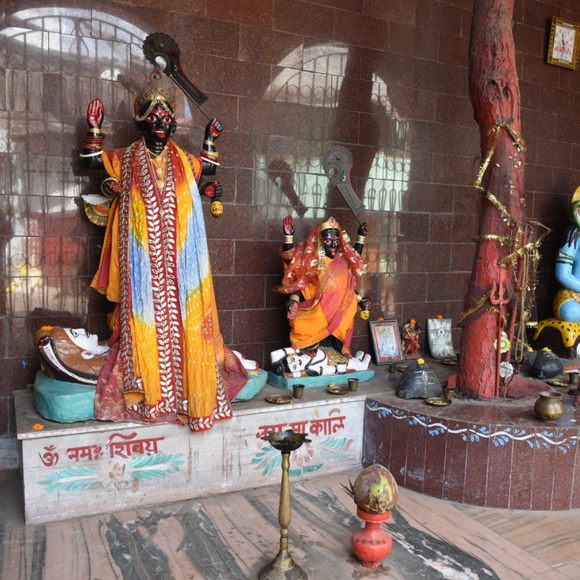

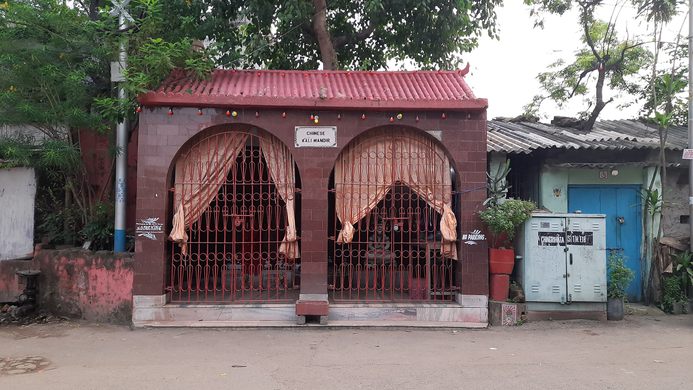


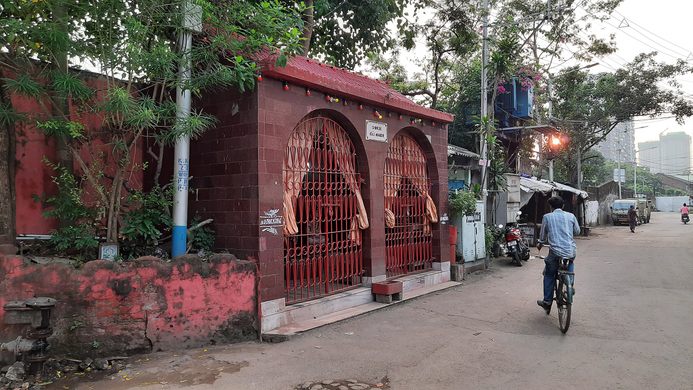




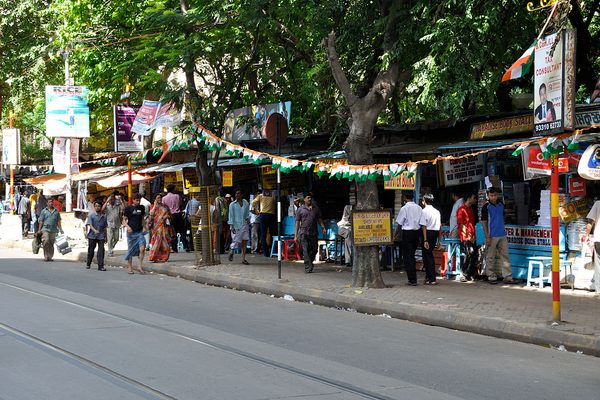
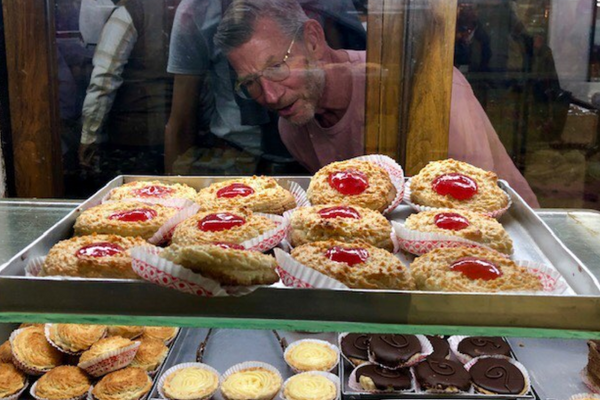






Follow us on Twitter to get the latest on the world's hidden wonders.
Like us on Facebook to get the latest on the world's hidden wonders.
Follow us on Twitter Like us on Facebook